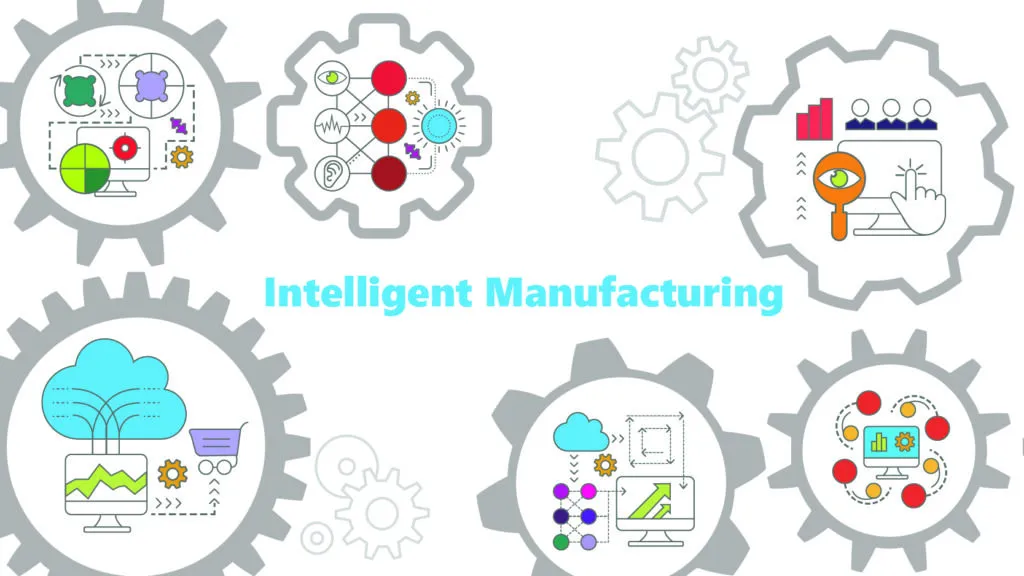
IT + OT + ML = Intelligent Manufacturing
Guest Author: Jomit Vaghela | Cloud Solution Architect, US EC Industry, Microsoft
In collaboration with the National Association of Manufacturers
Factory of the Future. Smart Factory. Industry 4.0. Digital Transformation. Every survey, article, and trend report points to one common theme to fulfill the promises of these buzzwords: Artificial Intelligence (AI).
In my view, manufacturing has the biggest potential to reap the benefits of AI. That’s because not all manufacturers understand AI or have the necessary skills to adopt it. Additionally, traditional IT + OT systems and processes require rethinking to integrate AI powered automation and prediction at scale.
But what does all that mean? Let’s talk about it.
What Is AI?
AI is a general-purpose technology — like steam engines, electricity, and medicine. It integrates perception, prediction, reasoning, and decision to augment and surpass human intelligence.
Since the 1950s, there have been waves of innovation designed to bring humans closer to achieving true AI. According to the book Architects of Intelligence, the perspectives, approaches, and challenges around true AI are so vast that even the experts have wildly different predictions about when it’ll be achieved — anywhere from 11 to 180 years from now. In the meantime, we can still use some of the already discovered innovations to improve manufacturing.
One such innovation is Machine Learning. When someone says AI these days, they’re most likely talking about Machine Learning.
What Is Machine Learning?
As the name suggests, Machine Learning is all about teaching machines. How? The most common method is to train the machine with “labelled data,” AKA data with right answers to the questions you’ve asked. After that’s done, the machine is given new data with no answers and asked to predict them. This technique is called “Supervised Learning” and almost 95% of current AI Systems use it.
Another technique is called “Unsupervised Learning,” wherein the machine isn’t provided with all the answers. Instead, it’s asked to learn patterns directly from the data. It then provides scientists with insights. Although this technique can be challenging, it’s also how humans learn, and experts agree that it’s the future of AI.
One more emerging technique is called “Reinforcement Learning,” wherein scientists make the machines learn via trial and error, instead of training via algorithm. Every time the machine answers correctly, it’s given a reward. Over time, the machine learns the right output to optimize for.
How Do I Learn More and Get Started?
For manufacturers, techniques including Anomaly Detection, Demand Forecasting, Predictive Maintenance, among others, can drive powerful business outcomes with Machine Learning.
The key is to think about data as one would any important parts of their physical supply chain. Building the data supply chain is critical to start building the AI Culture.
For a more in-depth look at how AI is transforming manufacturing, check out Future Computed: AI and Manufacturing.




